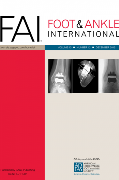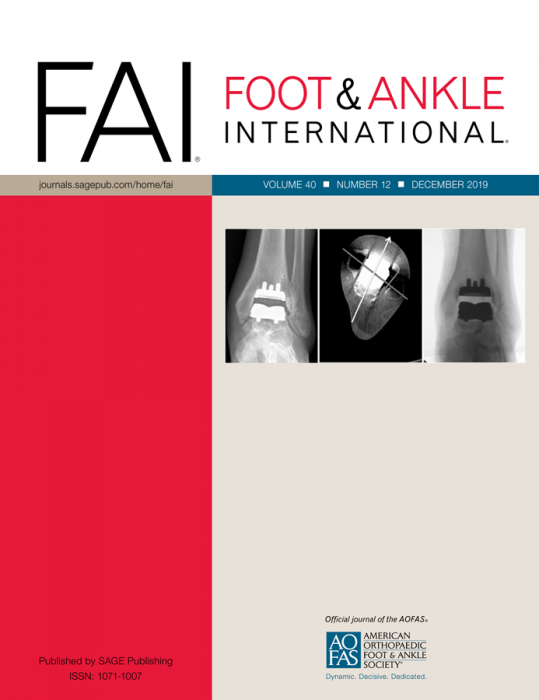
Dehydrated human amnion/chorion membrane (dHACM) injection vs. placebo for plantar fasciitis .
This report has been verified
by one or more authors of the
original publication.
Randomized Controlled Trial of Micronized Dehydrated Human Amnion/Chorion Membrane (dHACM) Injection Compared to Placebo for the Treatment of Plantar Fasciitis
Foot Ankle Int. 2018 Oct;39(10):1151-1161. doi: 10.1177/1071100718788549147 patients with a diagnosis of plantar fasciities were randomized to injection therapy with either 40mg of micronized dehydrated human amnion/chorion membrane (dHACM) in 1mL saline or to placebo saline alone. In addition to injection, all patients were managed with orthoses for 2 weeks after injection. Patients were assessed primarily for change in visual analog pain score (VAS pain) from baseline to 3 months post-injection. Results demonstrated a significantly greater reduction in VAS pain score in the micronized dHACM injection group compared to the placebo injection group.
Unlock the Full ACE Report
You have access to 4 more FREE articles this month.
Click below to unlock and view this ACE Reports
Unlock Now
Critical appraisals of the latest, high-impact randomized controlled trials and systematic reviews in orthopaedics
Access to OrthoEvidence podcast content, including collaborations with the Journal of Bone and Joint Surgery, interviews with internationally recognized surgeons, and roundtable discussions on orthopaedic news and topics
Subscription to The Pulse, a twice-weekly evidence-based newsletter designed to help you make better clinical decisions
Exclusive access to original content articles, including in-house systematic reviews, and articles on health research methods and hot orthopaedic topics

































































